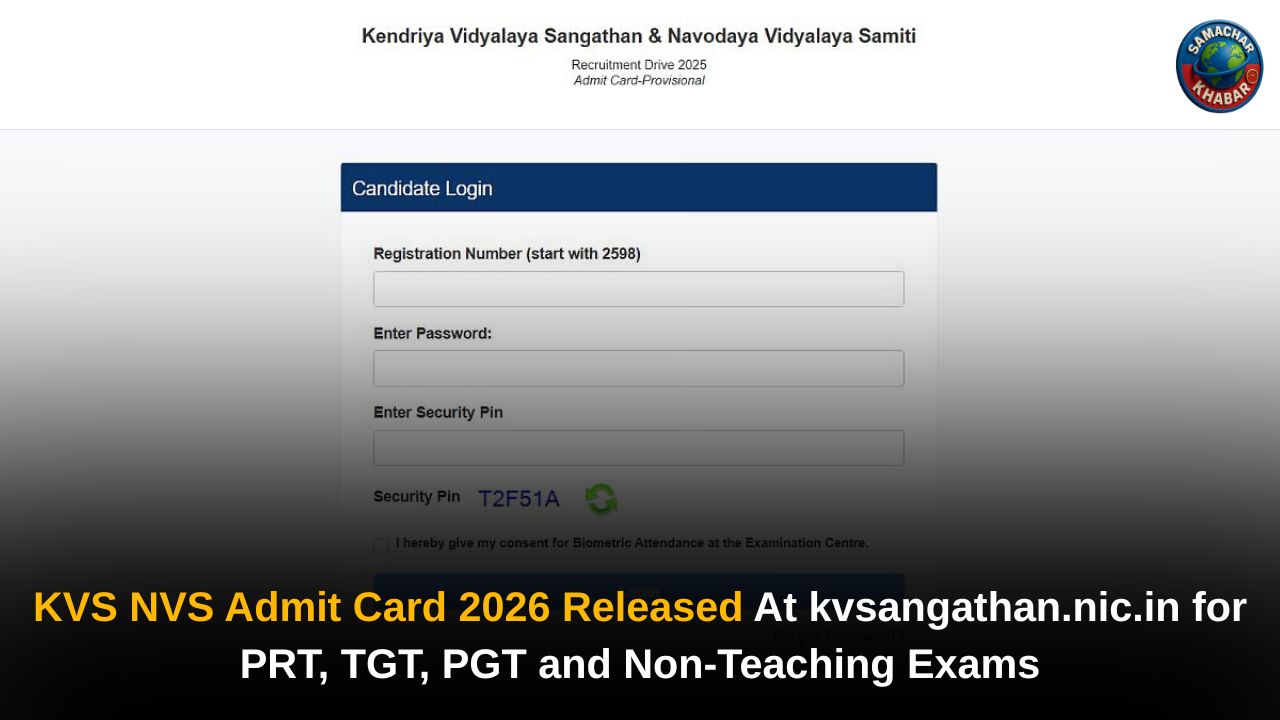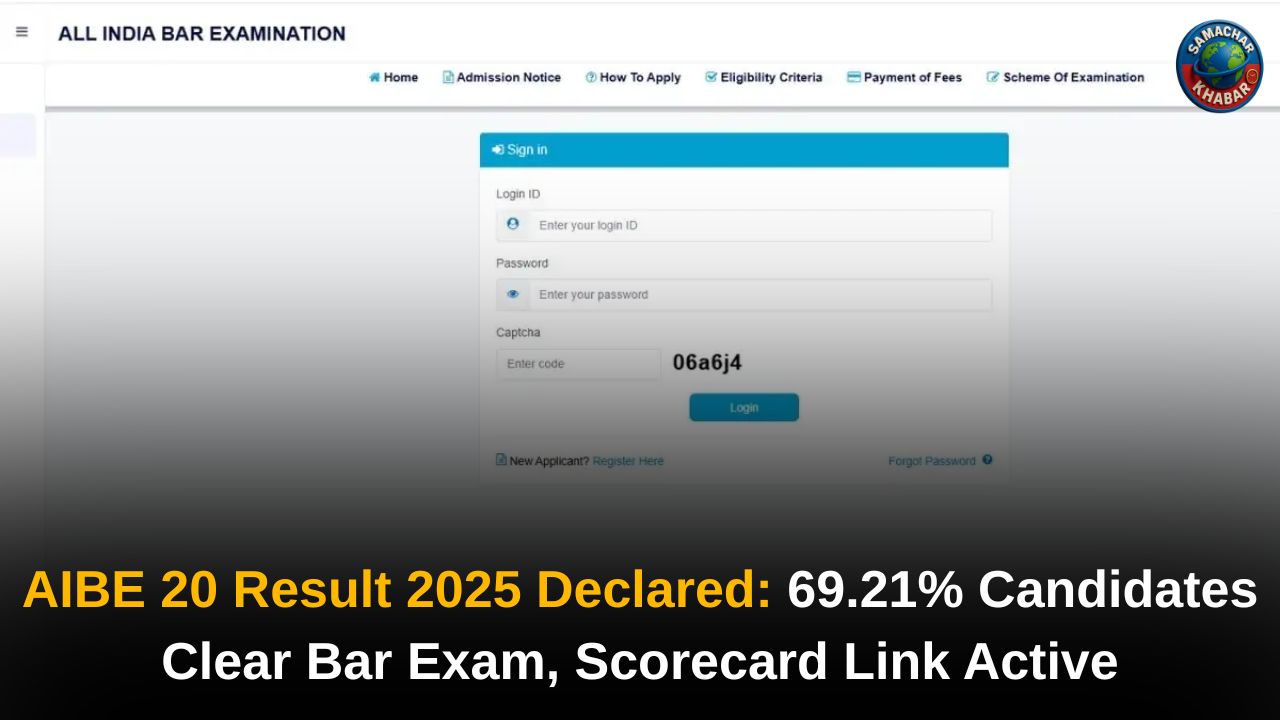Portland, Oregon, has once again become the epicenter of a national debate over protest, policing, and presidential power. In a dramatic move, the President has ordered the military deployment to Portland, authorizing “Full Force” to handle what he has described as “domestic terrorists” who are allegedly attacking federal facilities. This decision has sparked a fierce backlash from local officials, civil rights advocates, and even some members of the military. But what does this deployment mean for the future of protest in America, and what is the true story behind the headlines?
This isn’t the first time Portland has been the stage for a clash between federal and local authority. The city experienced months of protests in 2020 following the death of George Floyd, which included nightly demonstrations and confrontations between protesters and law enforcement. The federal government’s previous intervention was met with intense criticism and lawsuits, yet here we are again. This time, the rhetoric is even more charged, with the administration labeling protesters as “domestic terrorists,” a term that carries significant legal and social weight.
Trump Order: What We Know
The president’s order, announced via social media, directs the Department of Defense to provide all necessary troops to protect federal facilities, specifically mentioning those belonging to U.S. Immigration and Customs Enforcement (ICE). The move follows a period of heightened tensions and demonstrations around the ICE facility in Portland, with reports of violent clashes and injuries to federal agents.
The legality of such a move is complex. While the Posse Comitatus Act generally prevents the use of the military for domestic law enforcement, the President has broad authority under the Insurrection Act, which allows him to deploy federal troops to suppress an insurrection or domestic violence when a state is unable or unwilling to do so. However, Portland’s mayor and other local officials have vehemently opposed the intervention, stating that they have not requested federal assistance and that the presence of federal forces only serves to escalate tensions.
This new deployment comes just after the administration formally designated “antifa” as a domestic terrorist organization, a move that critics say is designed to justify a crackdown on dissent. It sets a dangerous precedent, blurring the lines between peaceful protest and illegal activity and giving the government a broad mandate to investigate and suppress groups it deems a threat.
The ‘Domestic Terrorist’ Label: A New Front in the Culture War
The use of the term “domestic terrorists” is not just a rhetorical flourish; it’s a strategic choice. By framing protesters in this way, the administration shifts the narrative from one of civil unrest to one of national security. It paints a picture of a city under siege by a malicious force, thereby justifying a more forceful, and possibly less legally constrained, response.
Also Read: A New Voyage: American Cruise Lines to Launch All-U.S. Cruises in the Great Lakes
This language is designed to bypass the traditional legal framework for policing protests and instead apply counter-terrorism measures. For instance, in the 2020 protests, federal agents were documented wearing unmarked uniforms, detaining protesters in unmarked vans, and using crowd-control tactics that many considered excessive. A report by the American Civil Liberties Union (ACLU) of Oregon documented numerous instances of what it called “unconstitutional abuses” by federal law enforcement, including the use of tear gas and impact munitions against peaceful demonstrators.
The danger here is that by equating dissent with terrorism, the government can justify actions that would otherwise be illegal. It also creates a chilling effect, discouraging people from exercising their constitutional right to protest for fear of being labeled a terrorist and facing harsh repercussions.
The Impact on Portland and Beyond
The immediate impact on Portland is a deepening of the divide between local and federal authorities. The city’s mayor and governor have openly condemned the move, arguing it will only inflame an already tense situation. They believe the federal presence will attract more protesters and “professional agitators,” creating the very conflict the administration claims to be preventing.
Historically, military deployments to quell protests have often backfired. A stark example is the Kent State shooting in 1970, where National Guard troops fired on unarmed student protesters, killing four and wounding nine. The presence of armed forces, trained for combat, in a civilian protest environment is a volatile mix. It can turn a peaceful demonstration into a high-stakes confrontation.
The deployment also has implications for the broader political landscape. It sends a message to other cities and states that the federal government is willing to intervene in local matters, even without the consent of local officials. This raises fundamental questions about federalism and the balance of power in the United States.
This image could visually represent the history of the conflict, from the initial protests to the prior federal intervention and the new military deployment. It would highlight key dates, actions, and reactions from both protesters and authorities.
A Look at Public Opinion
Public opinion on this issue is sharply divided along political lines. This reflects a broader partisan divide on how to handle civil unrest and the role of the federal government.
The administration’s base sees the deployment as a necessary measure to restore law and order and protect federal property. They point to the violence, property damage, and attacks on law enforcement as justification for the use of “full force.” Opponents, however, see it as an unconstitutional overreach and a political stunt designed to rally the base and distract from other issues.
The Road Ahead and What You Can Do
The situation in Portland is a test case for the future of civil liberties and federal power. The legal challenges are already mounting, and the outcome will likely shape how future administrations handle protests and dissent. It forces us to confront difficult questions: What is the line between protest and anarchy? When is federal intervention justified? And who has the authority to define and respond to “domestic terrorism”?
Frequently Asked Questions (FAQs)
1. Why is the president deploying the military to Portland?
The president stated the deployment is to protect federal facilities, specifically an ICE building, from what he described as attacks by “domestic terrorists” and to restore law and order.
2. Is this legal?
The legality is being challenged. While the Insurrection Act gives the president authority to deploy troops to quell an insurrection, critics argue this situation doesn’t meet the legal threshold and that the move is an abuse of power.
3. What is the difference between federal agents and the military?
Federal agents, like those from Homeland Security or the FBI, are civilian law enforcement. The military, under the Posse Comitatus Act, is generally prohibited from acting as a domestic police force, unless an exception like the Insurrection Act is invoked.
4. How is this different from the 2020 protests?
While both situations involved federal intervention, the rhetoric this time is more aggressive, with the administration officially designating “antifa” as a domestic terrorist organization, which gives the government more legal justification to act with force.
5. What is the Insurrection Act?
The Insurrection Act is a set of federal laws that allows the president to deploy U.S. military and federalized National Guard troops within the country to suppress civil disorder, insurrection, or rebellion.

















